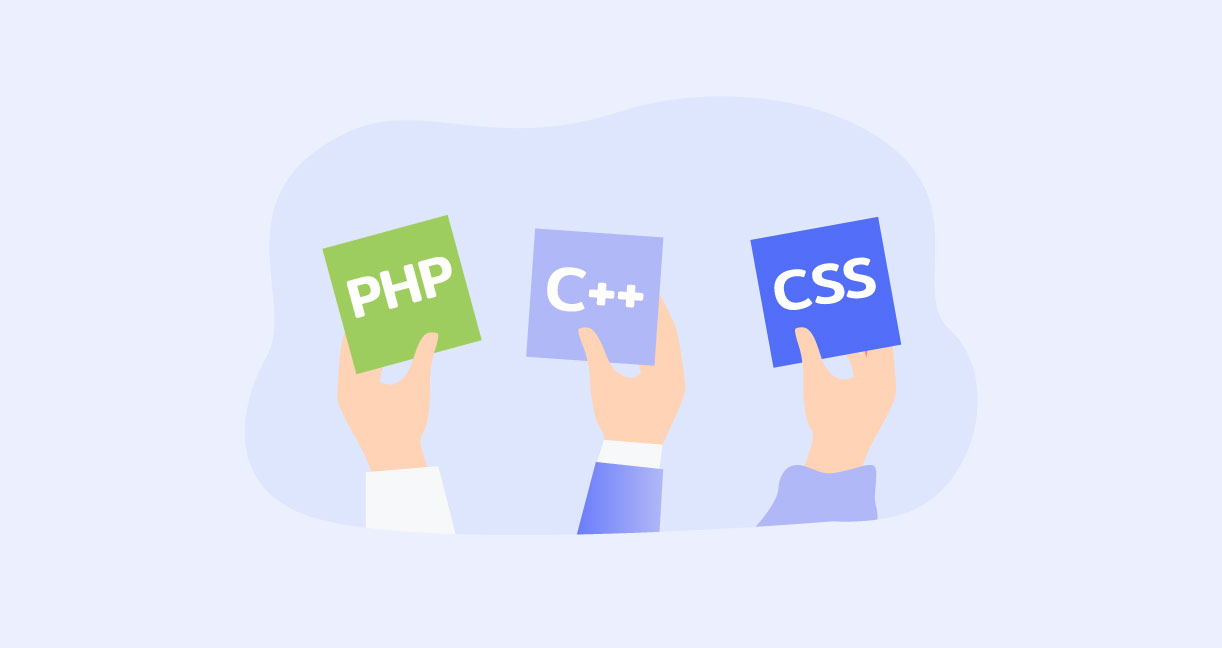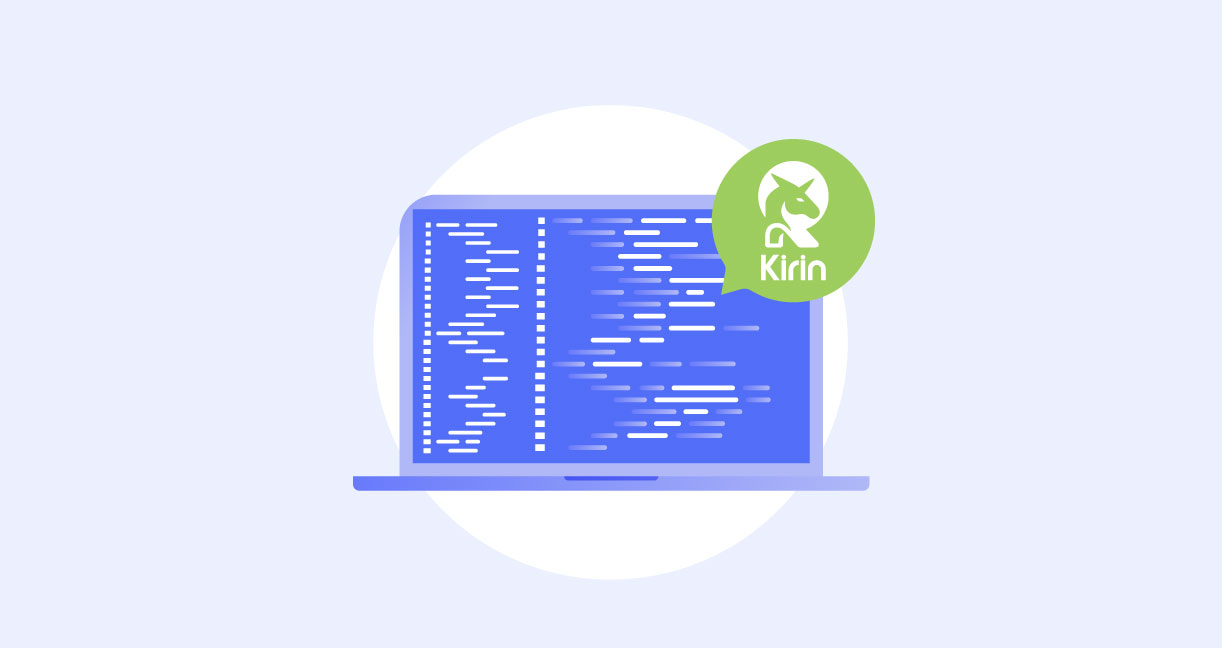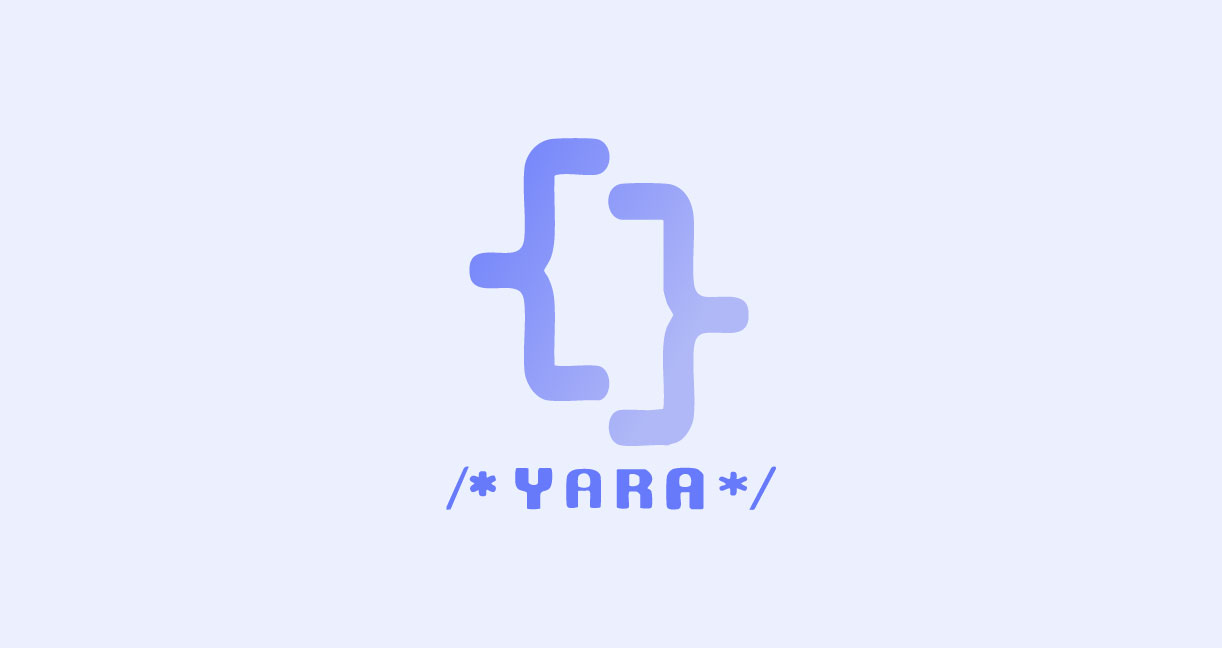Key Findings on AI Coding Assistant Deployment
-
AI coding assistants boost productivity but pose grave risks like insecure code, IP leakage, and compliance violations, so CISOs lead secure deployment strategies.
-
Data leaks from AI tools are a top concern; 68% of organizations in the US and UK reported such incidents, making prompt sanitization and developer training essential.
-
Privacy and data residency risks necessitate compliance with frameworks such as GDPR, HIPAA, and ISO/IEC 42001, emphasizing lawful processing and effective governance.
-
Phased rollouts with centralized governance reduce risk, using tools like NIST’s SSDF and OWASP guidance to structure secure deployment and prompt injection defenses.
-
Kirin supports enterprise security by validating tools, filtering prompts, and enforcing policies through CI/CD pipelines. It aligns with secure SDLC practices while minimizing hindrance to developer speed.
Why CISOs Must Lead the Way on AI Coding Assistant Security
AI coding assistants are widely adopted in enterprises. In Stack Overflow’s 2025 Developer Survey, 84% of developers reported that they use or plan to use AI tools in their workflows. This adoption provides strong productivity gains but also introduces new risks. If insecure practices spread, they can weaken the compliance posture, reduce enterprise valuation during M&A due diligence, and erode board-level confidence in risk management.
CISOs are in a position to design prompt-filtering policies, validate toolchains, and align usage with regulatory obligations. They understand risk appetite, regulatory obligations, and enterprise security architecture. Safe AI coding assistant deployment is not only a technical task. It is a leadership responsibility where CISOs define secure policies that guide innovation.
Strategic Risks to Watch Before Enterprise Adoption
AI coding assistants introduce hidden risks around intellectual property, data privacy, and third-party dependencies, making governance and guardrails essential to prevent costly leaks and compliance failures.
Intellectual Property Leakage
IP leakage is one of the most significant risks of coding assistants. Developers may paste proprietary algorithms or sensitive snippets into prompts. These can be transmitted outside enterprise control and used for model training.
According to a 2025 survey of 400 CISOs and IT leaders, 68% of organizations in the US and UK have experienced data leaks linked to the use of AI tools. These are often accidental rather than deliberate, highlighting poor prompt hygiene and insufficient filtering. The loss of unique code erodes competitive advantage and may trigger legal disputes. CISOs must deploy guardrails that include prompt sanitization filters and IDE level data redaction to block sensitive content before it is transmitted. Developer training is also needed to reduce careless data exposure.
Data Residency and Privacy Concerns
AI coding assistants may process data in locations outside regulated regions. If personal data is included in prompts, this may violate GDPR or HIPAA requirements. In December 2024, the European Data Protection Board (ECPB) issued an opinion on AI models, stating “GDPR principles support responsible AI.” It stresses lawful processing, purpose limitation, and minimization when using personal data for AI models. GDPR penalties can reach €20 million or 4% of global revenue for serious violations. Recent enforcement cases include a €1.2 billion fine against Meta in 2023 for unlawful data transfers, and a £183 million fine levied against British Airways in 2019 for inadequate data protection measures. These stiff GDPR fines illustrate the significant financial and reputational impact of non-compliance.
Residency risks are not only about geography but also about controller obligations and access paths. Data stored in-region may still be exposed if accessed by external vendors. France also has data localization rules that require specific categories, such as national archives, to remain on French territory. Germany’s Federal Data Protection Act adds stricter conditions for handling employee data. Referencing ISO/IEC 42001 — Artificial Intelligence Management System (AIMS) — helps connect privacy requirements with enterprise AI governance. The world’s first AI management system standard, it ensures both legal compliance for AI coding assistants and systematic oversight. CISOs must map model processing locations and ensure privacy-by-design controls.
Supply Chain and Third-Party Risks
AI assistants depend on APIs, libraries, and integrations. Each connection introduces risk. The ENISA Threat Landscape 2024 report identifies supply chain attacks as one of its primary threat categories, particularly in sectors such as finance, transportation, and public services. Shadow AI makes this worse. Developers may install unapproved browser plugins or IDE extensions without informing security teams. These tools bypass official governance for AI coding assistants and expose organizations to unmanaged threats. CISOs need to approve and track all tools, restrict access, and monitor for unauthorized installations.
Recommended additional controls include requiring software bills of materials (SBOM) for dependencies. Organizations should also use runtime application self-protection (RASP) to detect exploitation at runtime. Integrating plugins and extensions under a zero-trust policy framework further ensures that every component is continuously verified before access. Regular vendor assessments reduce third-party risks and improve resilience.
Compliance Mapping for AI Coding Assistants
Aligning AI coding assistant governance with ISO, SOC 2, and global privacy standards ensures audit readiness, regulatory compliance, and structured oversight of AI risks.
Aligning With ISO and SOC 2
ISO/IEC 42001, published in December 2023, is the first global standard for AI management systems. It requires governance, transparency, and continuous monitoring of AI systems. SOC 2 also demands strict access controls and documented security practices. For enterprises using AI coding assistants, aligning with these standards ensures stronger audit readiness. Documenting policies and roles supports accountability. Logs provide evidence for regulators and partners. Without such alignment, companies risk failing compliance checks. CISOs can use ISO and SOC 2 as benchmarks for AI governance maturity.
In practice, governance maturity can mean implementing tiered approval workflows for high-risk prompts, aggregating prompt audit logs into a central repository, and ensuring traceability of AI-influenced code across repositories.
NIST AI Risk Management Framework
The NIST AI RMF, finalized in January 2023, provides structured methods to manage AI risks. It is built on four functions: govern, map, measure, and manage. CISOs can apply the RMF by evaluating risks before adoption, setting clear policies, and tracking outcomes. For example, red-team tests can reveal weaknesses in injection defenses. Continuous monitoring can check whether assistants follow internal controls. The RMF also creates a shared vocabulary for boards and security leaders. It moves AI risk management from reactive fixes to structured oversight.
GDPR and Global Data Privacy Regulations
GDPR remains the strictest data privacy framework worldwide. Enterprises must ensure AI assistants do not process personal data unlawfully. The regulation requires data minimization, purpose limitation, and explicit consent for processing personal data. HIPAA in the U.S. and the General Personal Data Protection (LGPD) Act of Brazil impose similar obligations in the context of health and personal data. Non-compliance can result in substantial fines and reputational damage. CISOs must enforce prompt sanitization, transparent data flows, and audit trails to prove lawful processing.
Balancing ROI vs. Risk: A CISO’s Evaluation Framework
CISOs need a straightforward way to compare expected gains with exposure. Some forecasts project substantial productivity gains from GenAI in software work. An in-depth 2025 C-suite GenAI survey by EY India, reported 43-45% productivity uplift overall and around 60% for software development. Research by Cornell University shows slower output for experts on familiar codebases. A 2025 randomized controlled trial (RCT) by METR (n=414 tasks, experienced open-source developers) found experts were on average 19% slower when using AI tools on familiar codebases, as more time was spent reviewing and correcting output. This slowdown contrasts with reported productivity gains on new or boilerplate tasks. This spread, in turn, means ROI depends on team seniority, task type, and context.
Security incidents can erase gains through rework, downtime, and breach response. Furthermore, compliance penalties must be priced into the model. GDPR allows fines up to €20 million or 4% of global annual turnover for serious violations. To frame this in cost terms: a single GDPR enforcement action of that scale could outweigh projected efficiency gains from multiplying developer throughput fivefold, making governance practices inseparable from ROI.
Your cost-benefit matrix should include cycle-time deltas, defect and rework rates, and costs tied to secure SDLC tasks from NIST’s Secure Software Development Framework (SSDF) profile for GenAI. Boards respond to measured narratives that pair outcome metrics with controls mapped to NIST AI RMF functions: govern, map, measure, and manage.
Phased Rollout Strategies With Safe Defaults
Launching AI coding assistants through tightly scoped pilot programs with guardrails allows enterprises to test risks, validate controls, and gather evidence before scaling securely.
Pilot Programs With Guardrails
A phased rollout reduces unknowns and limits blast radius. Start small and instrument everything. Use security tests and telemetry to learn before you scale. Ground your controls in widely accepted guidance, not ad hoc rules. NIST’s SSDF profile for generative AI adds concrete tasks for CI/CD pipelines and secure development workflows. OWASP highlights prompt injection and supply-chain risks for LLM apps that must be addressed from day one. Their Top 10 for Large Language Model Applications (LLM01-10) has grown into the comprehensive OWASP Gen AI Security Project.
Recommended guardrails include setting up prompt review queues to check sensitive inputs, allowing-listing API endpoints to restrict external connections, and enabling code attribution logs so AI-influenced commits are auditable. A benchmarking study, Formalizing and Benchmarking Prompt Injection Attacks and Defenses, presented at the 2024 USENIX Security Symposium, shows fundamental weaknesses in current defenses. For this reason, CISOs should map these tests directly to OWASP LLM01-10 risks, using them as the baseline for evaluation.
Document results, decide on go/no-go criteria, and only then widen access. Start with a small, named team and defined use cases. Select one IDE and one assistant configuration to limit variables. Measure developer throughput, review load, and defect rates per task. Track how often AI suggestions are accepted and how much cleanup they require. The RCT study referenced above found experts spend more time reviewing and fixing AI output, contributing to a 19% slowdown. Run red-team exercises against prompts and tools to test injection resistance. Use published benchmarks for prompt-injection and defenses to structure tests.
Finally, align acceptance criteria with OWASP LLM risks, starting with LLM01, Prompt Injection, and require fixes before scale-up.
Centralized Governance From Day One
Publish clear policies for acceptable use, data handling, and logging. Create allow-lists for models, Model Context Protocol (MCP) servers, extensions, and packages. Require developers to document when AI-influenced code is used. Adopt an AI management system approach to governance and oversight.
ISO/IEC 42001 provides a formal framework for AI governance and monitoring. Map CI/CD controls to NIST’s SSDF profile for generative AI so checks run automatically. Use OWASP guidance to cover LLM-specific risks such as supply-chain vulnerabilities and insecure output handling.
Scaling Securely Across the Enterprise
Automate policy enforcement as code in repositories and pipelines. Block merges that violate security policy or dependency rules. Continuously scan prompts, code diffs, and dependencies during builds. Use SSDF profile tasks to keep CI/CD checks consistent across teams. Schedule periodic audits and red-team tests to catch drift and new attack paths, including prompt injection. Address supply-chain exposure by restricting unapproved plugins and tracking third-party components, in line with OWASP LLM guidance.
How Kirin Supports CISOs in Safe Deployment
Kirin, a security validation tool, ensures MCP servers, packages, and IDE extensions are safe before use. This reduces the risk of unapproved or insecure components entering the development workflow. It monitors configuration to detect insecure defaults and configuration drift.
Kirin adds safeguards for sensitive actions such as schema changes and shell execution. Approvals are logged, ensuring auditable accountability for high-risk operations. Its enforcement for AI-generated code ensures unsafe changes cannot be merged or deployed. This ensures consistency across teams, aligning with NIST’s SSDF guidance on secure software development. It gives security leaders unified visibility and audit trails across teams. Dashboards and logs provide evidence for compliance audits and board-level reporting. These combined benefits help CISOs deliver productivity with governance, not friction. They also align with secure-SDLC practices recommended for generative AI without slowing developer velocity.
What’s Next
Kirin provides the tools to operationalize this strategy. It enables CISOs to deploy assistants securely, with guardrails that scale across the enterprise. Explore Kirin for CISOs
FAQ
• What are the main risks of deploying AI coding assistants at scale?
The main risks are intellectual property leakage, privacy breaches, and insecure code. Developers may paste sensitive data into prompts, leading to data exposure. Shadow AI and unapproved tools increase supply chain risk.
• How can CISOs ensure compliance when developers use AI coding assistants?
CISOs should map usage to GDPR, HIPAA, and other privacy laws. GDPR fines can reach €20 million or 4% of global turnover for violations. They should enforce data minimization, restrict prompts from containing personal data, and document the influence of assistants. Using ISO/IEC 42001 and SOC 2 as governance benchmarks ensures strong audit readiness.
• How can CISOs balance ROI with risk when adopting AI assistants?
They must compare productivity gains against exposure. A cost-benefit matrix that includes compliance costs, breach risks, and rework helps define safe productivity. Boards value measured ROI framed within accepted frameworks like NIST AI RMF.
• How does Kirin help CISOs deploy AI assistants securely?
Kirin validates trusted MCP servers, extensions, and packages before use. It protects prompts by masking secrets and filtering untrusted input. It enforces enterprise policies directly in CI/CD, blocking unsafe code from merging. Dashboards and logs provide visibility and audit trails that meet compliance demands. For next steps, CISOs can consult Kirin’s integration guide or use a deployment checklist to align assistant adoption with enterprise governance.
Tags:
Safe AI deployment










.png?width=520&height=294&name=Enterprise-AI-Adoption-(AI-Action-Plan).png)

